
Dark Crossroads
A podcast about all things true crime & paranormal
Welcome to Dark Crossroads Podcast! We bring you gripping stories and intriguing discussions in the fascinating world of the paranormal, true crime and the unknown. We offer a captivating range of episodes that will leave you questioning the boundaries of reality.
At Dark Crossroads Podcast, we pride ourselves on delivering thought-provoking content that keeps our listeners on the edge of their seats. Our episodes explore supernatural phenomena, unsolved mysteries, and unexplained events, providing a unique platform for those interested in the uncharted and enigmatic.
Whether you're a devoted follower of the paranormal or just searching for something off the beaten path, Dark Crossroads Podcast invites you to join our growing community of curious minds. Immerse yourself in our immersive storytelling and engaging discussions, and let your imagination run wild. Check us out at the link below and embark on a journey that will challenge your perception of the world around you. Don't forget to subscribe to the podcast for all bonus content!
Don’t. Trust. Anyone.
Dark Crossroads
The Mysterious Death of Kathleen Peterson
What if the secrets buried within a seemingly perfect marriage could unravel everything you thought you knew about justice and truth? In this episode, we dissect the case of Kathleen Peterson's death and the tumultuous trial of her husband, Michael Peterson. On a cold December night in 2001, Michael's frantic 911 call marked the beginning of a story filled with hidden truths, unexpected revelations, and a legal battle that would shock the nation. Step into the lives of Michael and Kathleen, as their idyllic existence in Durham, North Carolina, is shattered, exposing secrets that would fuel media frenzy and public intrigue. Journey with us through the labyrinth of legal proceedings. We reflect on the broader implications for forensic science, media influence, and the justice system, while acknowledging the enduring pain experienced by the Peterson family. This episode promises not only an engrossing recount of events but also a provocative examination of the human cost behind one of the most talked-about cases in recent history. For further exploration, we recommend watching "The Staircase" and reading Michael Peterson's "Behind the Staircase" as well as Diane Fanning's "Written in Blood." Don't miss exclusive content and updates on our website and social media channels.
Paris Rhône
Paris Rhône main products include household items, polishers, and coffee grinders.
Babbily
10% Off Month 1 with promo code dark10
Hear real stories from prison inmates, their free-world pen pals, family, and friends.
Listen on: Apple Podcasts Spotify
Please send cases you want covered or stories you want read on the podcast to darkcrossroadspodcast@gmail.com. Don't forget to like, share, rate, review, and subscribe wherever you're listening to us. You can subscribe through the link in the episode notes to receive bonus content, discounts on future merchandise, and other extras.
Be Weird. Stay Different. Don't Trust Anyone!
Welcome to Dark Crossroads Podcast, hosted by Roxanne Fletcher. This is your stop for all things true crime and paranormal. From the infamous story of the New Bedford Highway Killer to the chilling tale of the Black Eyed Children, dark Crossroads Podcast is a truly deep dive into the stories that frighten and fascinate you All links to the show will be provided in this episode's description, and don't forget to let us know what you think of today's episode. Hello to my fellow crime-obsessed weirdos, this podcast is a mixture of paranormal, true crime, scary, spooky and sometimes the unexplained. But today we are meticulously dissecting one of the most baffling and controversial criminal cases in recent history. Today we are going to be diving deep into a case that has captivated the public imagination for over two decades now the death of Kathleen Peterson and the subsequent trial of her husband, michael Peterson. On a chilly December night in 2001, in the affluent Forest Hills neighborhood of Durham, north Carolina, a frantic 911 call shattered the quiet of Durham, north Carolina. A frantic 911 call shattered the quiet. Michael Peterson, a locally known novelist and aspiring politician, reported finding his wife, kathleen, unconscious and bleeding at the bottom of a staircase in their sprawling mansion. What followed was a labyrinth series of events that would span over a time of years, involving accusations of murder, revelations of hidden sexualities, international connections to another suspicious staircase death and even a theory involving an owl attacking somebody. This case would eventually become the subject of the critically acclaimed documentary series titled the Staircase, bringing it into the spotlight of true crime enthusiasts worldwide. But to truly understand this case we need to go back to the very beginning. Who were Michael and Kathleen Peterson?
Speaker 1:Michael Ivor Peterson was born on October 23rd of 1943 in Nashville, tennessee. He grew up in a very military family, moving frequently before settling in Nashville, tennessee. He grew up in a very military family, moving frequently, before settling in Durham, north Carolina. Michael attended Duke University where he had graduated in 1965 with a political science degree. After college, like many young men in his generation, peterson enlisted in the Marine Corps and served in the Vietnam War. His time in Vietnam would later become a point of controversy. Michael had claimed to have received a Purple Heart and a Silver Star for his service, but investigations during his murder trial revealed that these items were false. This revelation would cast doubt on Michael's character and his credibility. After his military service, michael pursued a career as a novelist. He penned several books, including the Immortal Dragon, a Time of War and A Bitter Peace. These novels, largely based on his experience in Vietnam, achieved moderate success. In addition to his writing career, michael also worked as a newspaper columnist for the Durham Herald Sun and dabbled in local politics, running unsuccessfully for mayor of Durham in 1999.
Speaker 1:Kathleen Hunt Atwater Peterson was born on February 21st of 1953. She had a very different background from Michael. She was a successful businesswoman known for her intelligence and dedication to her family and her career. Kathleen graduated from Duke University in 1973 with a degree in engineering and later earned an MBA from Duke's School of Business. By 2001, kathleen had risen to an executive position at Nordle Networks, a telecommunications company. She was highly regarded in her field and was known to be a perfectionist in both her professional and personal life. Friends and family described her as energetic, meticulous and deeply committed to her loved ones. Michael and Kathleen's paths crossed in 1986, and they eventually got married in 1997. It was a second marriage for both of them and they created a blended family with their children from previous relationships. Michael had two sons, clayton and Todd, from his first marriage and had adopted two girls, margaret and Martha Ratliff, after their mother, elizabeth Ratliff, a family friend died in Germany in 1985. Kathleen had one daughter, caitlin, from her first marriage.
Speaker 1:The Peterson family seemed to embody the American dream. They lived in a beautiful 9,000 square foot home in Durham's prestigious Forest Hills neighborhood. By all accounts, michael and Kathleen appeared to have a loving relationship. They were well respected in their community and known for hosting dinner parties and actively participating in local cultural events dinner parties and actively participating in local cultural events. But, as many would soon discover, beneath this veneer of suburban perfection lay a web of secrets and complexities that would come to light in the most tragic of circumstances.
Speaker 1:Now it is time to turn our attention to the night that changed everything, december 9th of 2001. It was a Sunday night, typically being a quiet time in the Peterson household. According to Michael Peterson's account, he and Kathleen had spent a very pleasant evening together. They had some wine by the pool, watched a movie and Kathleen had gone to bed around 11pm while Michael decided to stay up to read emails and do a little bit of extra work on his computer. At 2.40 am on December 10th, the Durham 911 dispatch received a call from a distressed Michael Peterson. This is an excerpt from that call.
Speaker 2:I don't know. Please get somebody here right away, please. Somebody is dispatching the ambulance while I ask you questions. It's also in Forest Hills, okay, please, please, sir, somebody else is dispatching the ambulance. Okay, is she awake now? Hello, hello, hello, hello, hello, hello.
Speaker 1:The call lasted for about six minutes, during which Peterson alternated between speaking to the operator and apparently trying to perform CPR on Kathleen. When first responders arrived at the scene, they found a chaotic and bloody scene. Kathleen Peterson's body was laying at the bottom of a narrow back staircase. The amount of blood at the scene was immediately striking to the responding officers and the paramedics. Blood spatter extended high up the walls of the staircase and pooled around Kathleen's body. She was wearing a sweatshirt and sweatpants, both heavily saturated with blood. Michael Peterson was also covered in blood and appeared to be distraught. He told the police that he had been sitting by the pool and came in to find Kathleen at the bottom of the staircase. He surmised that she must have fallen after consuming wine and thallium earlier in the evening. Paramedics quickly determined that Kathleen was beyond any help. She was pronounced dead at the scene. The initial impression of many first responders was that this was a tragic accident. However, as crime scene investigators began their work, several elements of the scene raised red flags. First and foremost was the sheer amount of blood. It seemed excessive for a simple fall down the stairs. The blood spatter patterns on the wall were particularly concerning, extending much higher than one would expect from a fall. Secondly, kathleen's injuries were very severe and somewhat unusual for a fall victim. She had deep lacerations to the back of her head, and the medical examiner would later note seven distinct lacerations, some of which had the appearance of being inflicted by a weapon rather than an impact with stairs or the floor.
Speaker 1:As dawn broke on December 10th of 2001, what had started as a presumed tragic accident was quickly evolving into a potential homicide investigation. Michael Peterson suddenly found himself at the center of a storm that would consume the next two decades of his life. In the days following Kathleen's death, the investigation intensified. The Durham Police Department assigned some of their most experienced detectives to the case. Art Holland, a veteran detectives to the case. Art Holland, a veteran investigator, took the lead. One of the first steps in any potential homicide investigation is to take a closer look at those closest to the victim. In this case, that meant Michael Peterson.
Speaker 1:As detectives dug into the Petersons' life, they began to uncover information that casts a lot of doubt on the image of a perfect marriage. Financial records showed that, despite their outward appearance of wealth, the Petersons were struggling with debt. Kathleen's life insurance policy, being worth $1.4 million, suddenly became a very important point of interest. The question weighing on everybody's mind is could financial stress have been a motive for murder? But perhaps the most shocking revelation came when investigators examined Michael Peterson's computer. They discovered emails revealing that Michael had been engaging in homosexual affairs and had an extensive collection of gay pornography. This discovery would become a cornerstone of the prosecution's case, suggesting a potential motive for murder being Kathleen had discovered Michael's secret life, leading to a confrontation that ended in her death.
Speaker 1:Meanwhile the forensic investigation was in full swing. The North Carolina State Bureau of Investigation, or the SBI, was called in to assist with the analysis of the crime scene. Blood spatter expert Dwayne Deaver, whose testimony would later become a point of major controversy, examined the scene. Dwayne's analysis suggested that the blood spatter patterns were more consistent with a beating than a fall. The medical examiner's report completed that. Dr Deborah Radish classified Kathleen's death as a homicide. The report cited the number and nature of the lacerations on Kathleen's scalp, the lack of skull fractures typically seen in a fall, and other injuries, including a fracture to the thyroid cartilage, which the medical examiner could indicate was because of strangulation.
Speaker 1:On December 20th of 2001, just 11 days after Kathleen's death, michael Peterson was arrested and was officially charged with first-degree murder. The arrest sent shockwaves through Durham. The Petersons were well-known in this community and the idea that Michael could have murdered Kathleen seemed inconceivable to many who knew them. However, as more details of the case became, public opinion began to divide. In the months leading up to the trial, both the prosecution and defense teams worked tirelessly to build their cases. District Attorney Jim Harden and Assistant DA Frida Black led the prosecution, while Michael Peterson hired high-profile defense attorney David Rudolph. The trial began on July 1st of 2003 and would last for three months, becoming one of the longest trials in North Carolina history. The following will be a breakdown of some of the key elements of the prosecution and defense's cases.
Speaker 1:The prosecution's case centered around several key points, the first one being the blood evidence. They argued that the amount and pattern of blood at the scene was inconsistent with the fall. Dwayne Deaver testified that the blood splatter indicated Kathleen had been hit at least four times with an object. The second one being Kathleen's injuries. The prosecution emphasized the severity and nature of Kathleen's head wounds, arguing they were more consistent with being beaten than by falling. The third one being the missing murder weapon. The prosecution suggested that a blow poke, a hollow fireplace tool given to the Petersons as a gift, could have been the murder weapon. This blow poke was conspicuously missing from the Petersons' home.
Speaker 1:Number four being Michael's bisexuality and his affairs. The prosecution painted a picture of a marriage in crisis, suggesting that Kathleen had discovered his affairs with men, leading to a confrontation and resulting in her murder. The fifth key point was the financial motive. They pointed to the Petersons' death and Kathleen's life insurance policy as potential motives for murder. The sixth point was Michael's behavior. The prosecution questioned aspects of Michael's behavior on the night of Kathleen's death and in the aftermath, suggesting it was inconsistent with genuine grief.
Speaker 1:The defense, being led by David Rudolph, countered with their own narrative. Their key points were, the first one being accident theory. They maintained that Kathleen's death was a tragic accident, the result of a fall exacerbated by the alcohol and valium in her system. Brought in their own experts who testified that the blood spatter evidence was consistent with a fall and that prosecution's interpretation was flawed. The third is relationship stability. They argued that Michael and Kathleen had a loving relationship and that Kathleen was aware and accepting of Michael's bisexuality. Number four was no evidence of a motive. The defense pointed out that there was no history of domestic motive. The defense pointed out that there was no history of domestic violence between Michael and Kathleen and that their financial issues were not severe enough to motivate murder. The fifth key point was a missing weapon. They highlighted that no murder weapon was ever found and that the prosecution's theory about the blow poke was speculative at best. One of the most dramatic moments of the trial came when the defense produced the missing blowpoke. It had been found in the Peterson's garage, covered in cobwebs and undamaged, seemingly ruling it out as the murder weapon.
Speaker 1:The trial was not just a legal proceeding. It became a media sensation. Court TV broadcasted this trial live and it garnered national attention. The presence of a French documentary crew filming what would become the series, the Staircase, added another layer of scrutiny to the proceedings.
Speaker 1:As the trial progressed, an alternative theory began to circulate, one so unusual that it would capture public imagination and add yet another layer of complexity to an already bizarre case. This was the infamous owl theory. The owl theory was not presented at the original trial but was developed later by attorney T Lawrence Pollard, who was a neighbor of the Petersons. The theory suggested that Kathleen was attacked outside her home by a barred owl, a species common in North Carolina and known for its aggressive territorial behavior. According to this theory, the owl's talons could have inflicted the lacerations on Kathleen's scalp. Disoriented and bleeding from the attack, kathleen could have stumbled inside and fell down the stairs, explaining both her head injuries and the fall. While this might sound far-fetched, proponents of this theory point to several pieces of evidence, the first being microscopic owl feathers were allegedly found in a clump of Kathleen's hair that was clutched in her hand. The second is the lacerations on Kathleen's scalp were tri-lo the house on the front walkway. And the fourth was there have been documented owl attacks on humans. In this area, the owl theory, while never presented in court, has become a subject of fascination for many following this case. It represents the kind of outlandish yet not entirely implausible alternative explanation that often emerges in complex criminal cases.
Speaker 1:After three months of testimony, mountains of evidence and intense media scrutiny, this case went to the jury On October 10th of 2003,. After 14 hours of deliberation, the jury returned with their verdict. Michael Peterson was found guilty of first-degree murder. He was sentenced to life in prison without the possibility of parole. This verdict was a crushing blow to Michael and his supporters, who had maintained his innocence throughout the entire trial. However, this was far from the end of the story.
Speaker 1:In the years following his conviction, michael Peterson's case would take several unexpected turns, keeping it in the public eye and raising questions about the nature of justice and the reliability of forensic evidence. The first major development came in 2011, when it came to light that Dwayne Deaver, the blood splatter analysis who had been a key prosecution witness, had falsely represented his expertise and withheld exculpatory evidence in this and other cases. This revelation sent shockwaves through North Carolina's justice system. Dwayne Deaver was fired from the SBI and many convictions that relied on his testimony came under scrutiny. In December of 2011, judge Orlando Hudson, who had presided over the original trial, vacated Michael Peterson's conviction and granted him a new trial based on the issues with Duane Deaver's testimony. Michael Peterson was released from prison and placed under house arrest while awaiting his new trial. During this time, interest in the case was reignited by the release of the documentary series the Staircase, originally filmed during the first trial and its aftermath. The series was updated with new episodes covering the latest developments. The documentary provided an intimate look at Peterson, his family and his defense team, bringing new attention to the case and sparking debates about Michael Peterson's guilt or innocence.
Speaker 1:As preparations for the new trial were underway, another twist emerged Prosecutors offered Michael Peterson an Alford plea deal. An Alford plea is a type of guilty plea where the defendant maintains their innocence, but they acknowledge to the court that the prosecution has enough evidence to likely secure a conviction. On February 24th of 2017, just as jury selection for the new trial was about to begin, michael Peterson accepted the Alford plea to the reduced charge of voluntary manslaughter. He was sentenced to time already served and was freed. Sentenced to time already served and was freed. This resolution left many questions unanswered. Michael Peterson was technically convicted of causing Kathleen's death, but he maintained his innocence. The plea allowed him to regain his freedom without the risk of another trial, but it also meant that the full truth of what happened that night in 2001 might never be known.
Speaker 1:As we reflect on Michael Peterson's case, it's clear that it raises numerous important questions about our justice system and the nature of truth itself. Firstly, the case highlights the potential availability of forensic evidence. The controversy surrounding Dwayne Deaver's testimony underscores the need for rigorous standards and oversight in forensic science. How many other cases might have been affected by flawed and misrepresented forensic evidence. Secondly, the case brings into focus the role of sexuality and personal privacy in criminal investigations. The revelation of Michael Peterson's bisexuality in the extramarital affairs played a significant role in the prosecution's case. This raises questions about the extent to which a person's private life should be scrutinized in a criminal trial and how societal prejudices might influence jurors' perceptions. Thirdly, the Michael Peterson case demonstrates the powerful impact of media on high-profile trials. The presence of documentary filmmakers during the original trial and the subsequent release of the Staircase series undoubtedly shaped public opinion and kept the case in the spotlight for years. This intersection of true crime entertainment and real-world justice is a phenomenon that has only grown more prevalent in recent years.
Speaker 1:Lastly, the resolution of the case through an Alford plea leaves us in an ambiguous position. It's a stark reminder that the legal concept of guilt and the absolute truth of what occurred don't always align. The justice system is, after all, a human institution subject to the limitations and compromises inherent in any human endeavor. So where does this leave us and where does it leave Michael Peterson as of 2024,? Michael Peterson now is in his early 80s and is a free man. He's written a book about his experience, titled Behind the Staircase, and has given interviews maintaining his innocence. Some of his children, particularly Margaret and Martha Ratliff, have stood by him throughout this ordeal. Others, including Kathleen's daughter Caitlin and sister Candace, remain convinced of his guilt and have expressed frustration with the final resolution of this case.
Speaker 1:The Peterson case has left an indelible mark on the landscape of true crime. It has been the subject of numerous books, documentaries and even a dramatized HBO Max series. Each new iteration brings fresh eyes to this case, sparking new debates and theories. But amidst all the speculation and media attention, we must not lose sight of the human tragedy at the core of this case. Kathleen Peterson, by all accounts, was a vibrant and loving woman who lost her life on that December night in 2001. Her family and her friends have had to grapple not only with her loss but with the years of legal battles and public scrutiny that followed.
Speaker 1:As we conclude this episode, I would like to encourage our listeners to reflect on the complexities we've discussed. The death of Kathleen Peterson and the subsequent legal saga of Michael Peterson serve as a stark reminder that sometimes, even after years of investigation and legal proceedings, absolute certainty can remain elusive In the realm of true crime. It's easy to get caught up in the drama and the mystery, but cases like this remind us of the very real human costs behind these stories. They challenge us to think critically about our justice system, about the nature of truth and about the sometimes fine line between guilt and innocence. Thank you for joining us on this deep dive into the Michael Peterson case and, if you're interested in learning more, or the sometimes fine line between guilt and innocence. Thank you for joining us on this deep dive into the Michael Peterson case. And if you're interested in learning more or delving deeper into this case, I highly recommend watching the Staircase documentary series, which provides an in-depth look at the case and its many twists and turns. You might also want to read Michael Peterson's book for his perspective of this case, as well as Written in Blood by Diane Fanning for an alternative view of the case.
Speaker 1:Alrighty, so it's that time, guys, to say goodbye, but before I do so, I just want to send a thank you to all of my listeners for your continued love and support and for sending in cases that you want covered and stories that you want read on the podcast. We truly accept all stories, including scary, paranormal and funny. Any cases you want covered or stories that you want read on the podcast. Just please send them in to darkcrossroadspodcasts at gmailcom.
Speaker 1:Thank you for hanging out again today, and if you want any more information about the podcast or cases and stories that we cover, then head on over to the website at wwwdarkcrossroadspodcastcom. There you can find all of the information about the podcast, a link to our merch and also our blog covering all of the cases that we cover. You can also find us on all social media platforms. Don't forget to like share, rate, review, subscribe wherever you're listening to us. You can subscribe to the podcast for bonus information. There is a link in all episodes in the notes that will send you to our subscription page and with that you will get bonus content, discount on future merch and a lot of extra goodies. Every single dollar that comes through donations or through our subscription goes straight into the podcast, helping fund research, and it really helps us out and keeps this podcast going. And with all of this said, please don't forget to be weird, stay different and don't trust anyone.
Podcasts we love
Check out these other fine podcasts recommended by us, not an algorithm.

Morbid
Ash Kelley & Alaina Urquhart
And That's Why We Drink
Christine Schiefer, Em Schulz | Para Pods
Give It To Me Straight
Dear Media
True Crime with Kendall Rae
Mile Higher Media & Audioboom Studios
So Supernatural
Audiochuck | Crime House
Two Girls One Ghost
Sony Music Entertainment
The Criminal Makeup
Danielle Kirsty
Crime Junkie
Audiochuck
Creeps and Crimes
Taylar Fetzner, Morgan Harris | Para Pods
Weird Darkness: Paranormal & True Crime Stories
Darren Marlar | Weird Darkness | Full-Time Voice Actor
My Favorite Murder with Karen Kilgariff and Georgia Hardstark
Exactly Right and iHeartPodcasts
Serial
This American Life
Cult Liter with Spencer Henry
Spencer Henry | Morbid Network
OBITCHUARY
Morbid Network
Creeps and Crime Storytime - A Paranormal and True Crime Podcast
Charlie Hammond
The Coven Cafe Podcast
Kirsten, Sierra, and Alexis
Sword and Scale
Sword and Scale
Beyond The Crime: A Psychological Analysis
Dr Lars Madsen, Shay Addison and Dr Rob Brockman
Crime and Coffee Couple - True Crime Podcast
Allison and Mike
Odd Trails
Andy Tate & Brandon Lanier
Southern Fried True Crime
Erica Kelley
One Strange Thing: Paranormal & True-Weird Mysteries
Laurah Norton
Creepin It Real
Robin Yeary
This Is Actually Happening
Wondery
Something's Not Right
Something's Not Right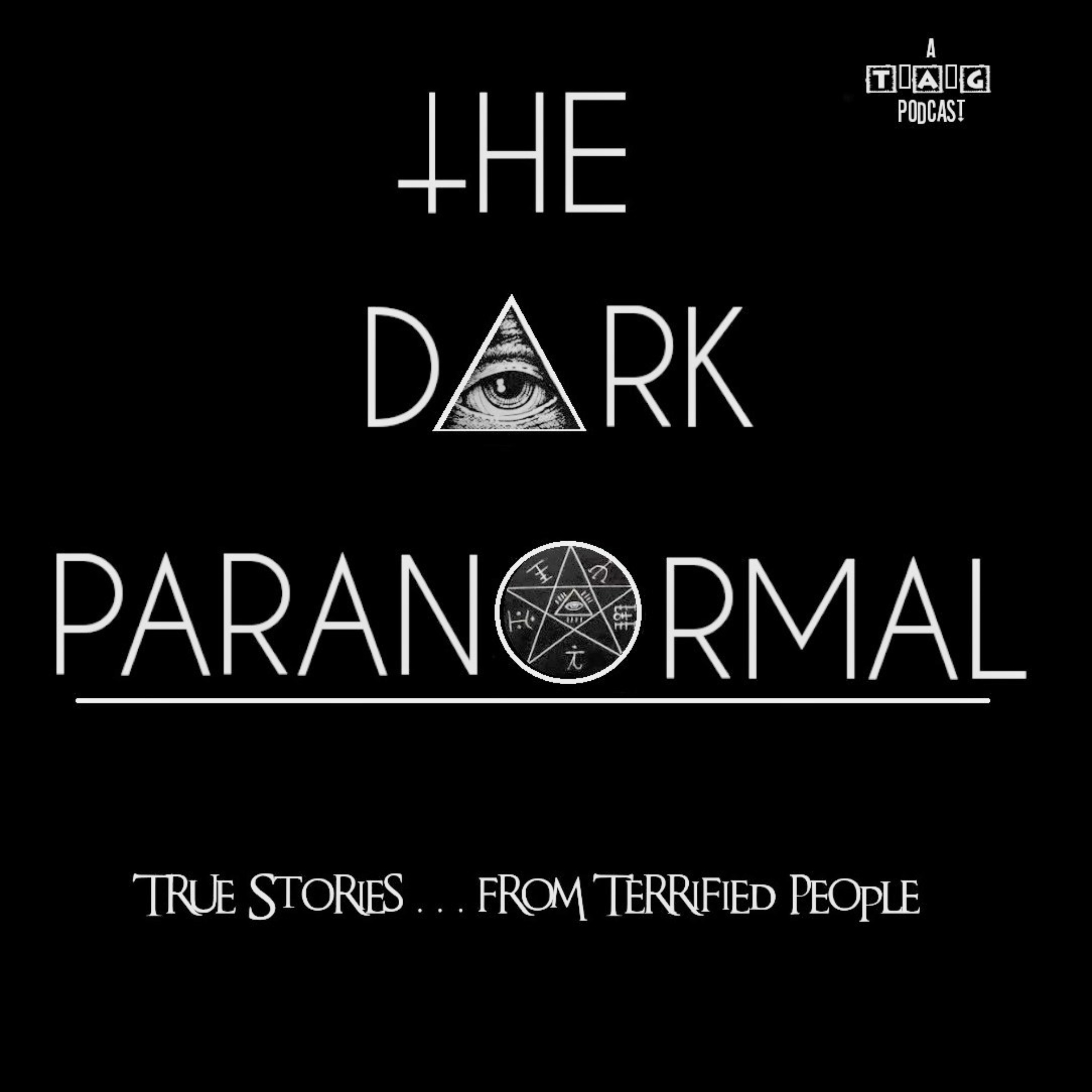
The Dark Paranormal
The Dark Paranormal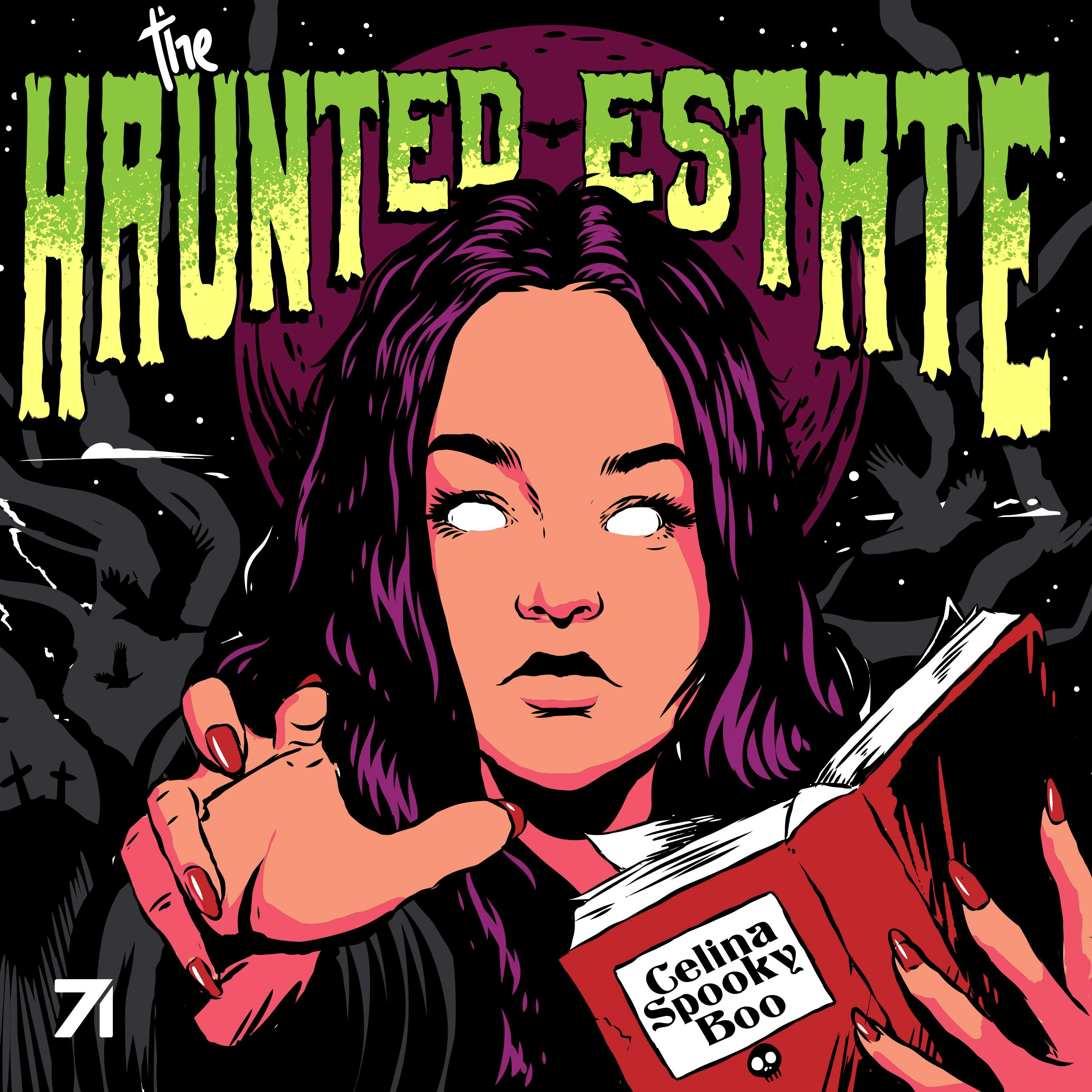
The Haunted Estate with CelinaSpookyBoo
The Haunted Estate & Studio71
On The Odd: Cults, Hauntings, The Paranormal & Unexplained
Ghost Stories, Haunted, Paranormal & Supernatural Stories
The Grave Talks | Haunted, Paranormal & Supernatural
Ghost Stores, Haunted, Paranormal & Supernatural Stories
The Haunted Objects Podcast
SpectreVision Radio
Seven Deadly Sinners
Rachael O'Brien
Morbid Network
Morbid Network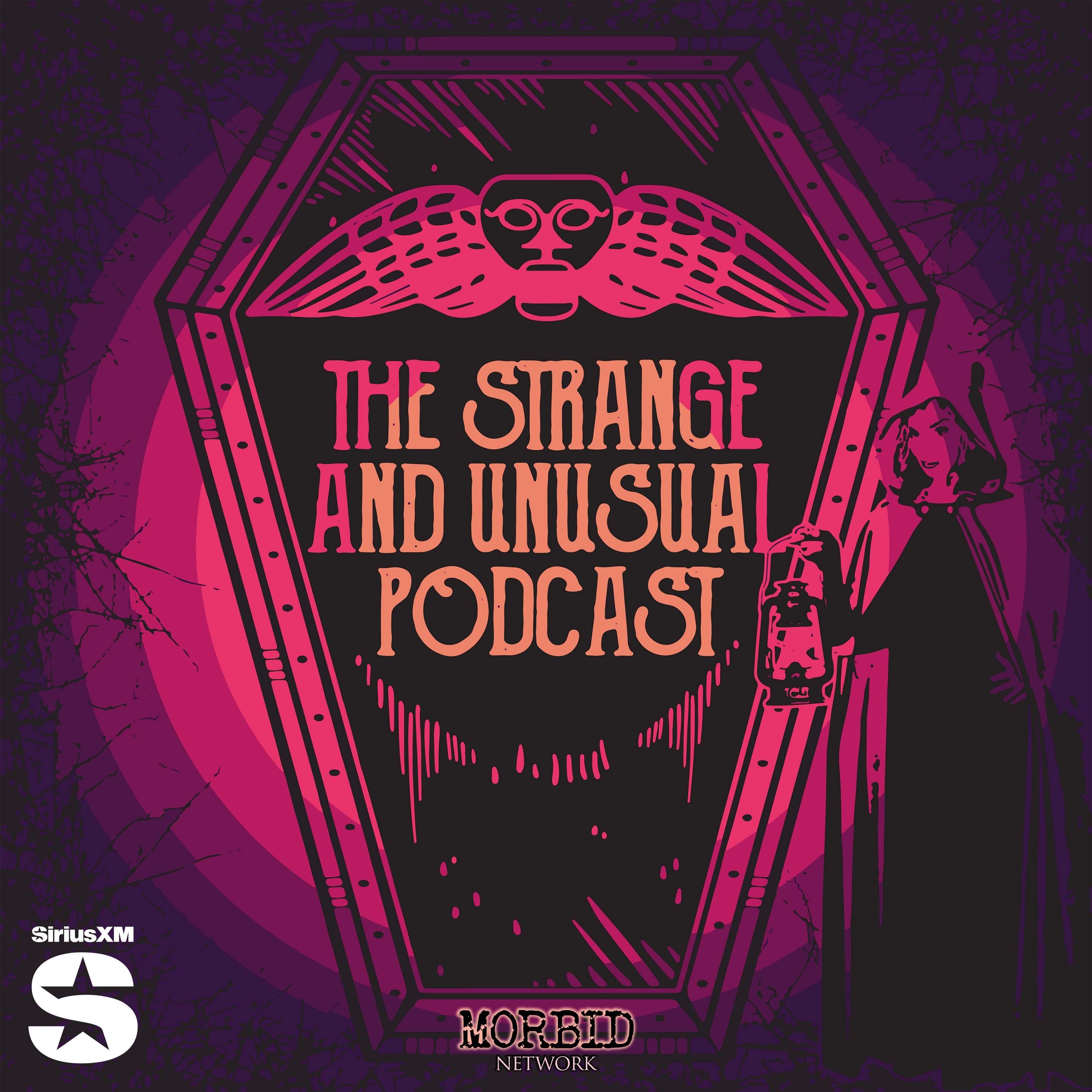
The Strange and Unusual Podcast
Alyson Horrocks | Morbid Network
That's Spooky
Tyler Hyde & Johnny Cann | Morbid Network
Snapped: Women Who Murder
Oxygen
Morbidology
Morbidology
Midnight Scares - Fall Asleep to Spooky Stories
Midnight Scares
What Came Next
Broken Cycle Media
The Vanished Podcast
Wondery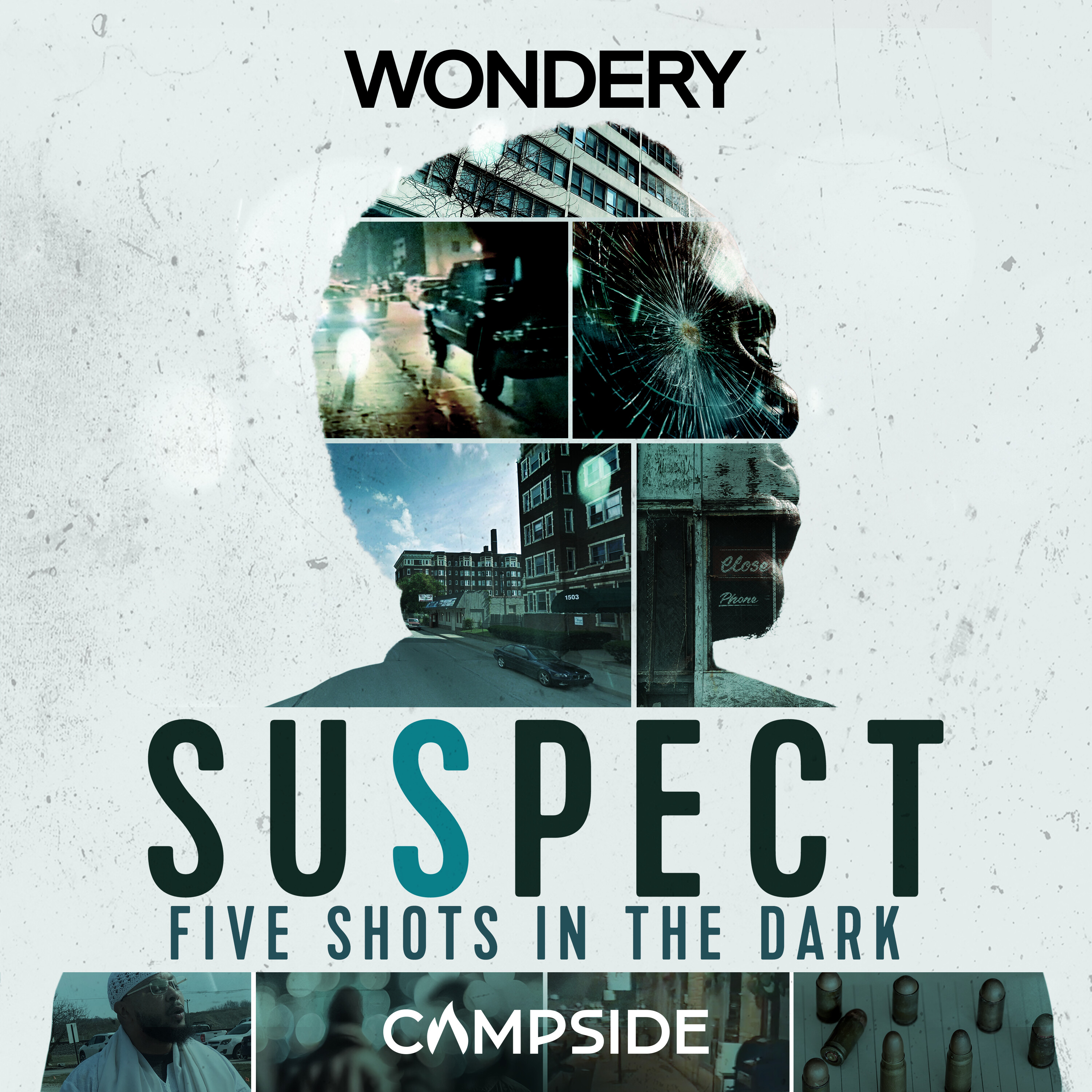
Suspect
Wondery | Campside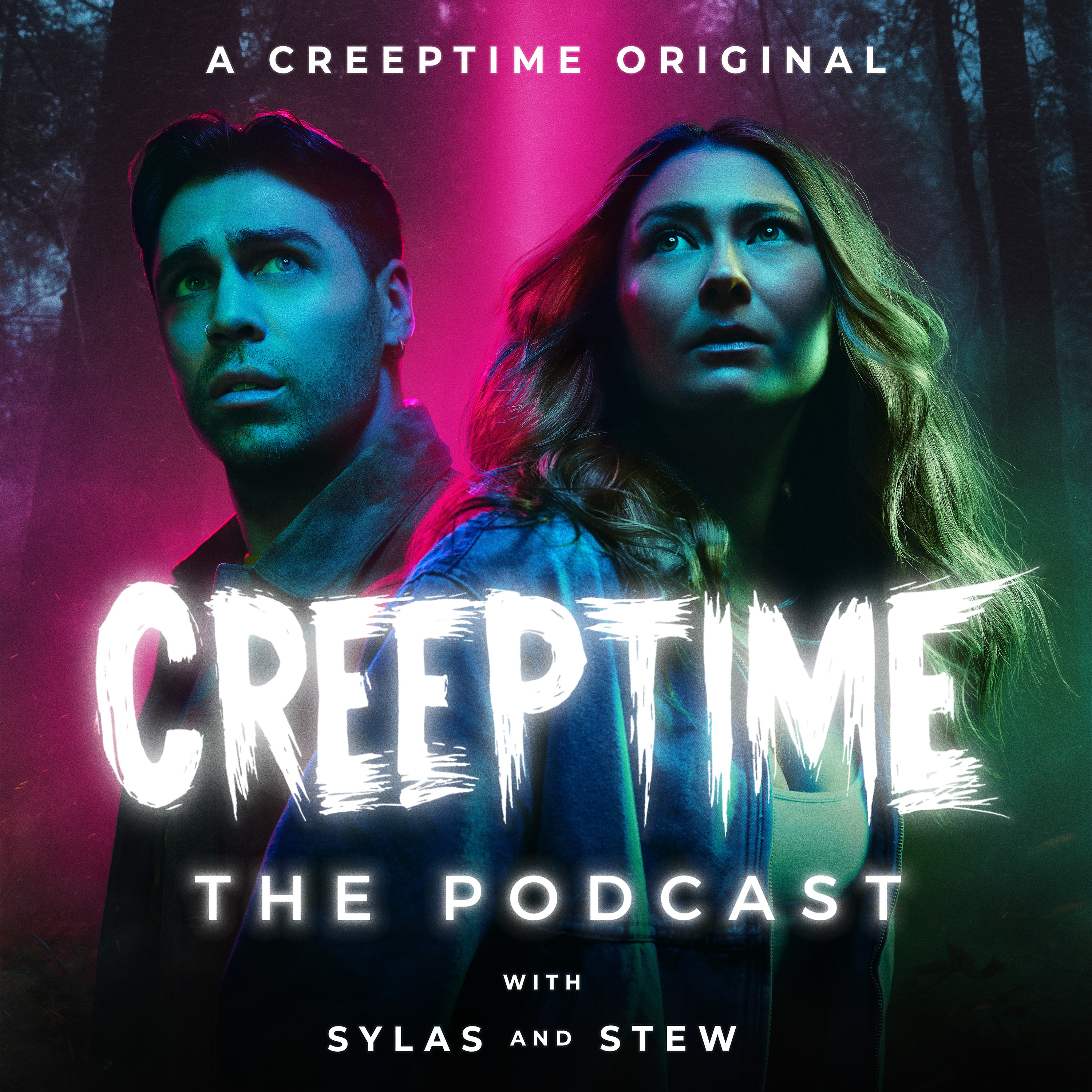
CreepTime The Podcast
Sylas Dean and Stew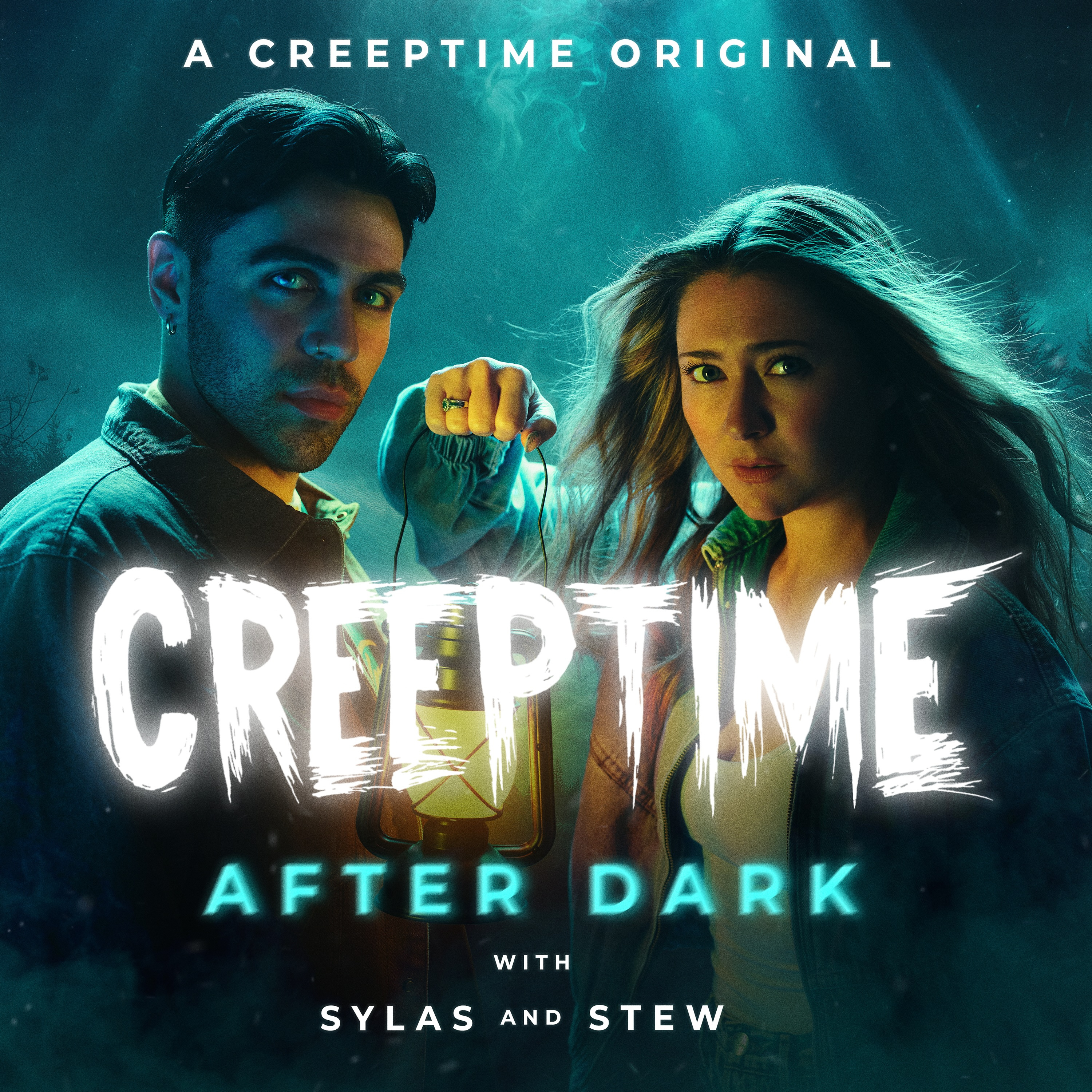
CreepTime: After Dark
Sylas Dean and Stew
Dark History
Audioboom Studios
Murder, Mystery & Makeup
Audioboom Studios
Anatomy of Murder
Audiochuck
Full Body Chills
Audiochuck
CounterClock
Audiochuck
Park Predators
Audiochuck
Dark Downeast
Audiochuck
The Deck Investigates
Audiochuck
Armored
Audiochuck
The Deck
Audiochuck
KILLED
Audiochuck
Small Town Murder
James Pietragallo, Jimmie Whisman
True Crime Obsessed
True Crime Obsessed
True Crime Obsessed
Patrick Hinds & Gillian Pensavalle
Strictly Anonymous Confessions
Kathy Kay
Strictly Stalking
Strictly Stalking
Dr. Death
Wondery
Killer Psyche
Wondery | Treefort Media
Cold
KSL Podcasts
True Crime Garage
TRUE CRIME GARAGE
This Podcast Will Kill You
Exactly Right and iHeartPodcasts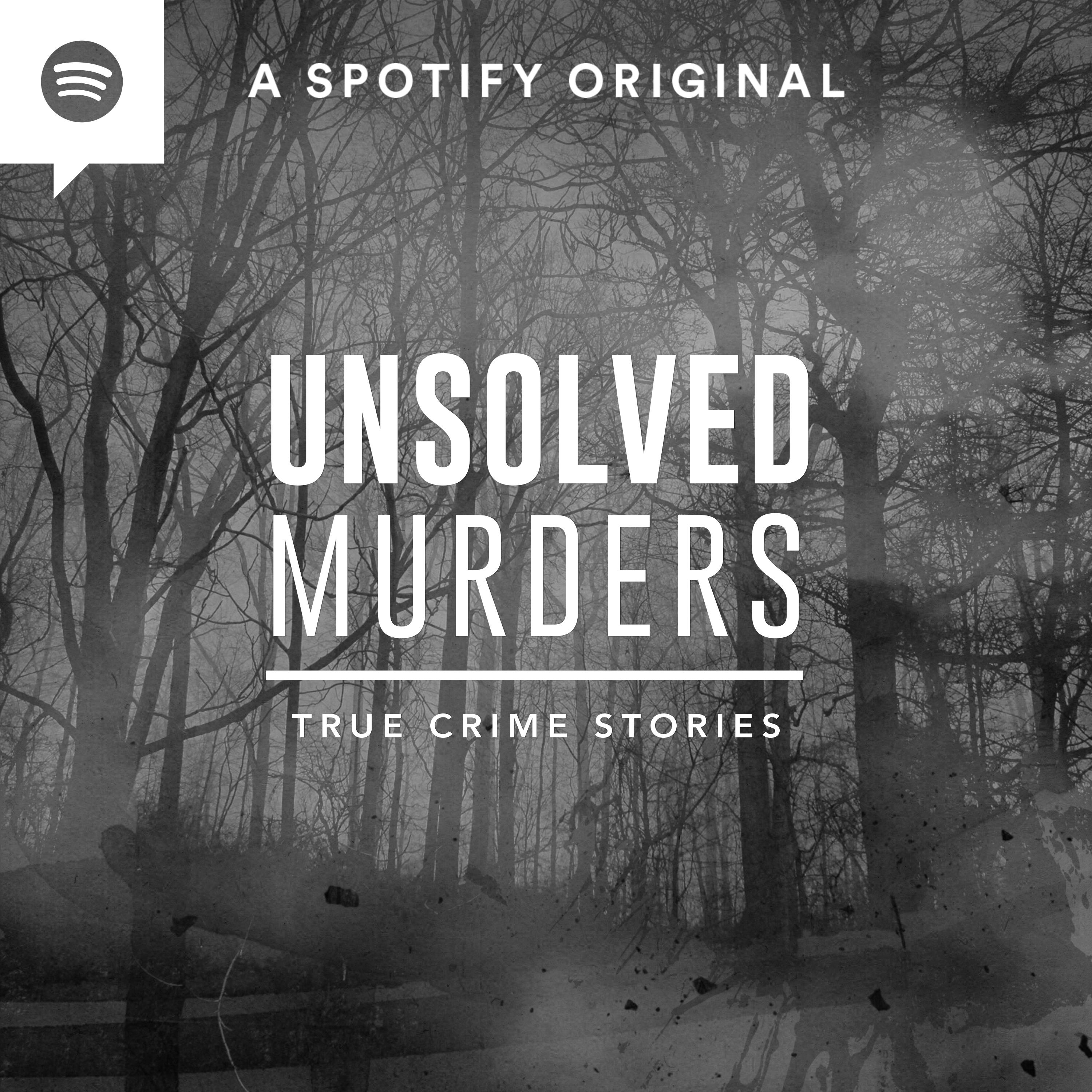
Unsolved Murders: True Crime Stories
Spotify Studios
True Crime All The Time Unsolved
PodcastOne
True Crimes and Weird Times
Ashley & Kim
Swindled
A Concerned Citizen
Red Ball
Audiochuck
Solvable by audiochuck
audiochuck
O.C. Swingers
audiochuck
Strangeland
Audiochuck | Western Sound
Unsealed: The Tylenol Murders
AT WILL MEDIA, The Chicago Tribune
IDIOT with Laura Clery
Laura Clery & Studio71
Paranormal Mysteries
Nic Ryan | Paranormal Mysteries Podcast
The Weird History Eerie Tales Podcast
The Weird History Eerie Tales
Casefile True Crime
Casefile Presents
Murder, She Told
Kristen Seavey | QCODE
Crimelines® True Crime
Crimelines True Crime
Crawlspace - True Crime & Mysteries
Crawlspace Media
Once Upon A Murder
Once Upon A Murder: A True Crime Podcast
Lore
Aaron Mahnke
The Brohio Podcast
Aliens, Conspiracy Theories, Paranormal, Famous Murders, Cryptozoology, Strange Occurrences, Monsters, UFOs, True Crime, Demons, Occult, Urban Legends, Comedy
Death by Misadventure: True Crime Paranormal
Death by Misadventure
There’s Some Horrors In This House: A true crime/paranormal podcast
Maiden and Fluff
Weird Tales and the Unexplainable
Bob, Beef + Tiss
The Oddcast: Tales of the Occult, Weird, and Arcane
Jon Fredette
Spooky Psychology
Lauren Mollica and Megan Baker
Spooky Sips
Spooky Sips
Everything is Spooky in the Dark
Wandering Crystal
Hillbilly Horror Stories Paranormal Podcast
Jerry Paulley
The Paranormal Podcast
Jim Harold
Belief Hole | Paranormal, Mysteries and Other Tasty Thought Snacks
SpectreVision Radio
Truth Be Told Paranormal
Club Paranormal Channel
Ghost Host's Horror Podcast
The Ghost Hosts' Horror Podcas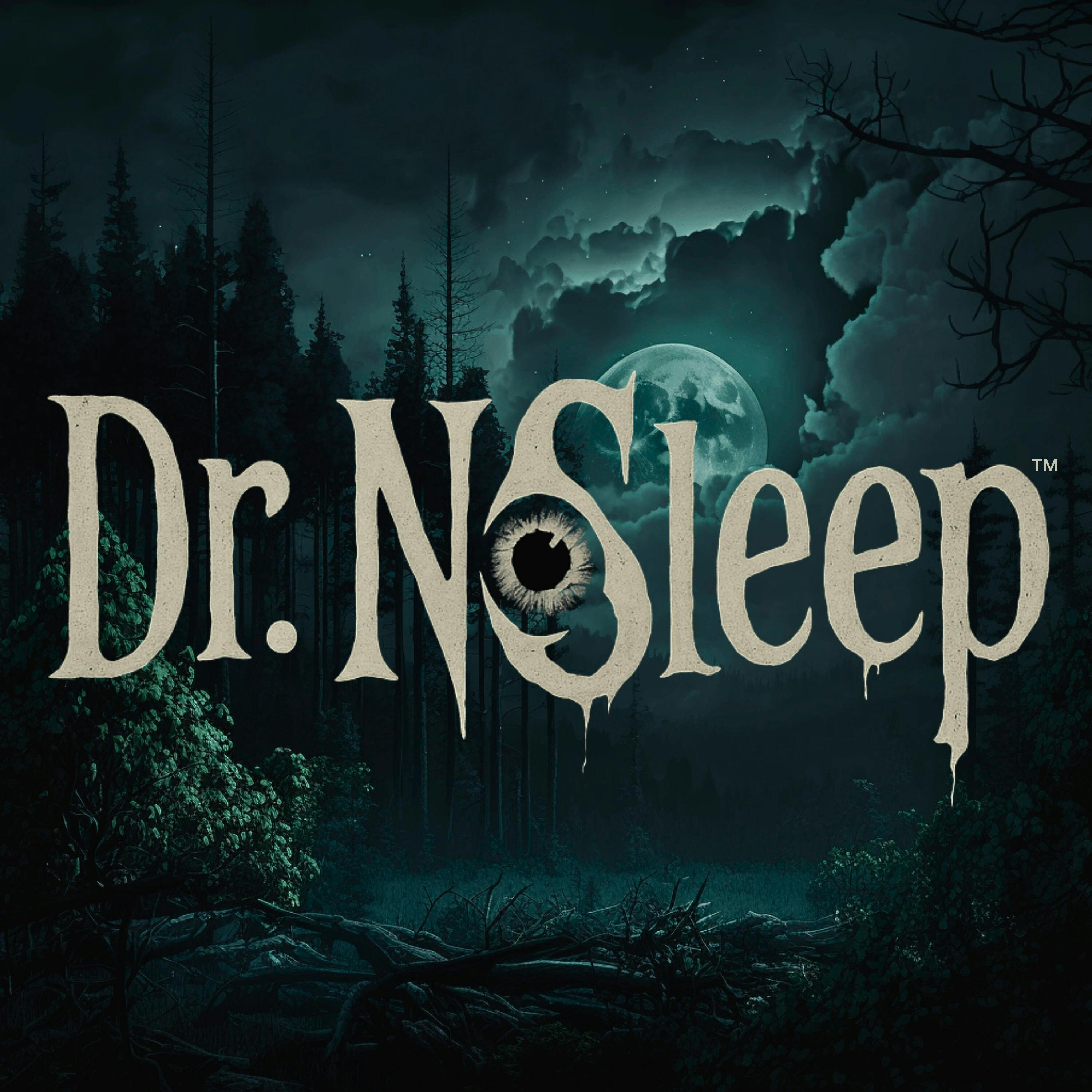
Scary Horror Stories by Dr. NoSleep
Dr. NoSleep Studios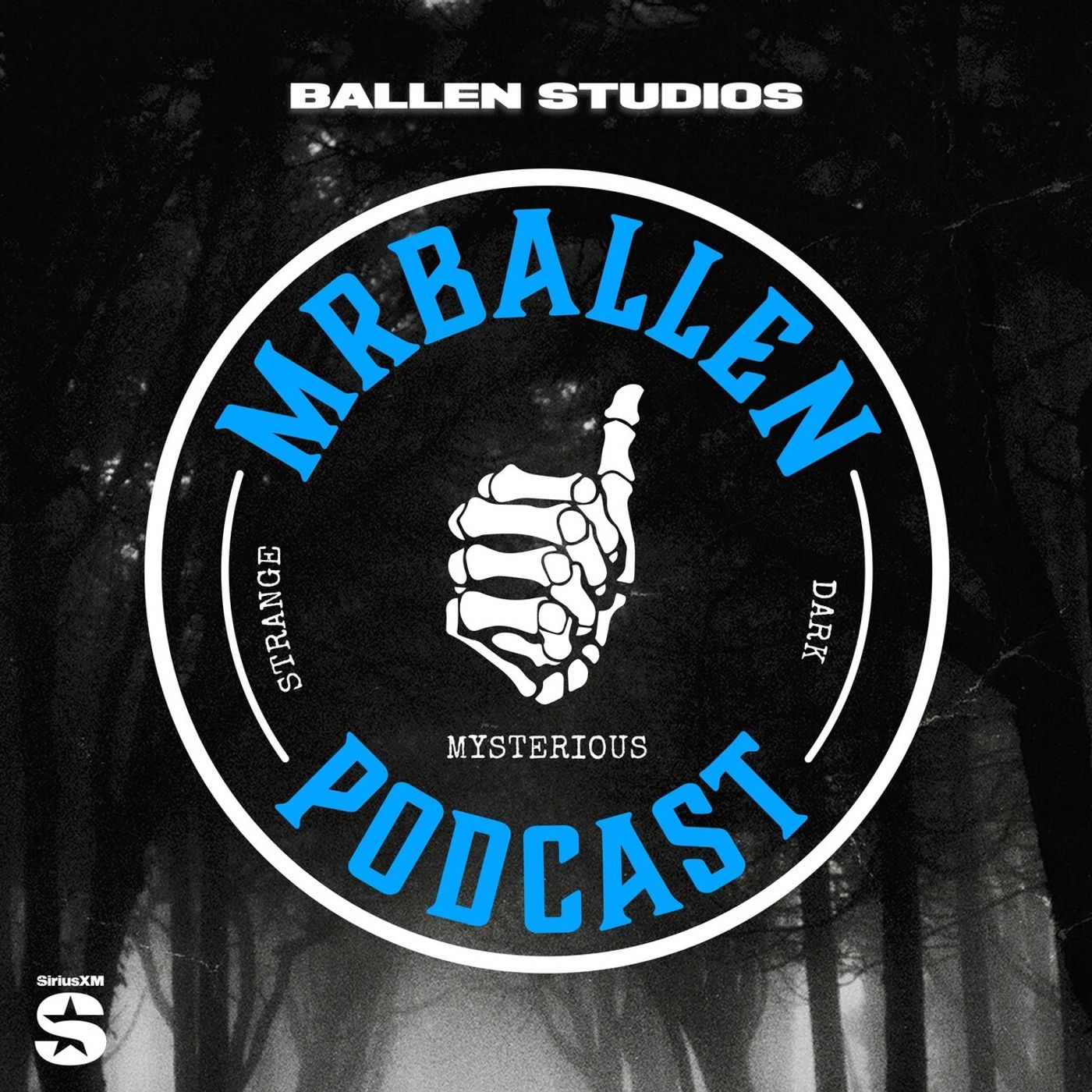
MrBallen Podcast: Strange, Dark & Mysterious Stories
Ballen Studios
Bedtime Stories
Ballen Studios
RUN, FOOL!
Ballen StudiosCreep: a true crime podcast
Creep: a true crime podcast
Scary Time - Scary, Creepy and Paranormal stories
Indie Drop-In Network
Hollywood & Crime
Wondery
LISK: Long Island Serial Killer
Mopac Audio & Glassbox Media
Lady Killers with Lucy Worsley
BBC Radio 4
Coffee, Wine, and True Crime
Sara Kline
Daily Coffee & Crime: A True Crime Podcast
Daily Coffee & Crime: A True Crime Podcast
Dark Crossroads
Roxanne Fletcher
Crime Stories with Nancy Grace
iHeartPodcasts and CrimeOnline

